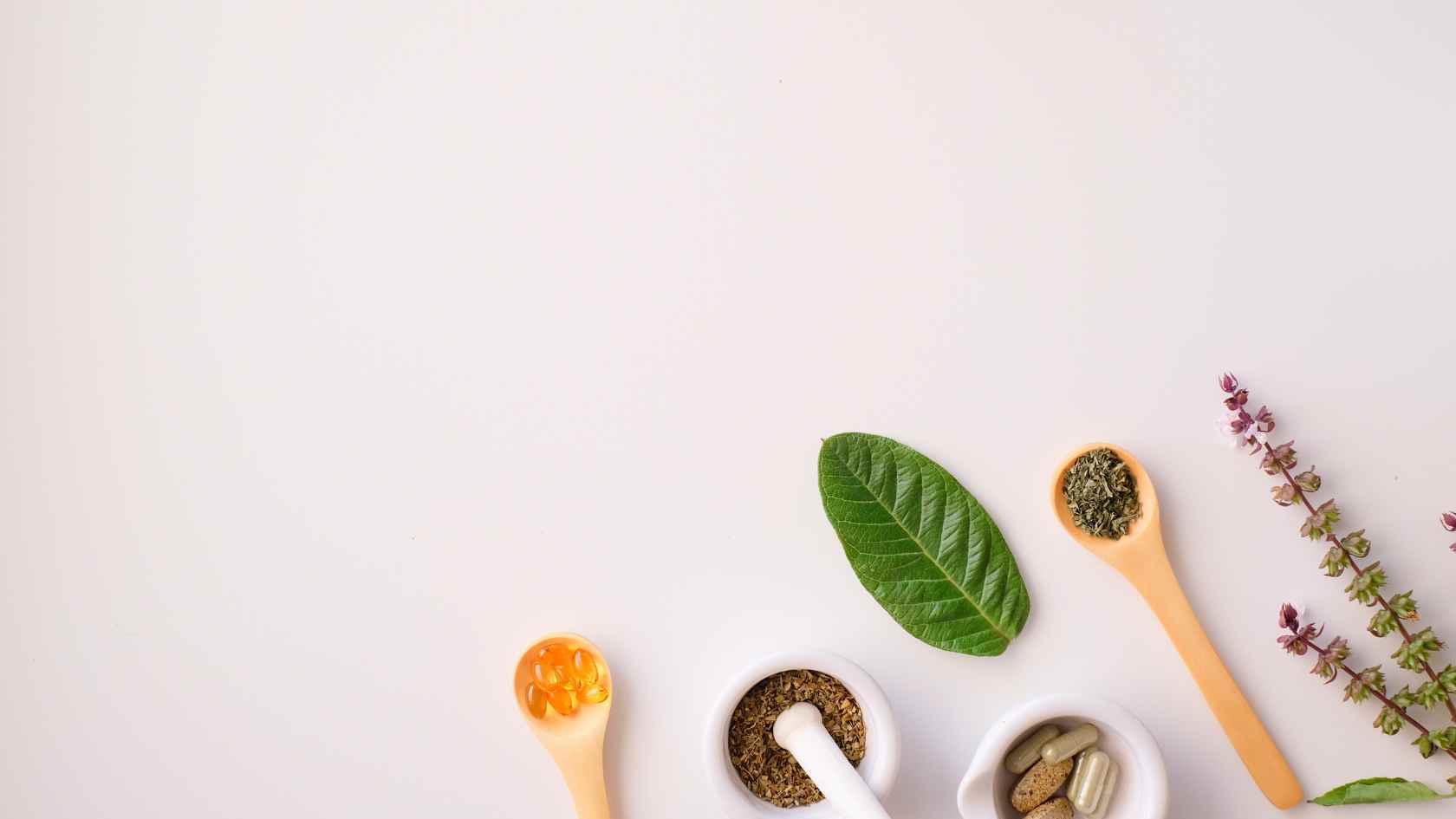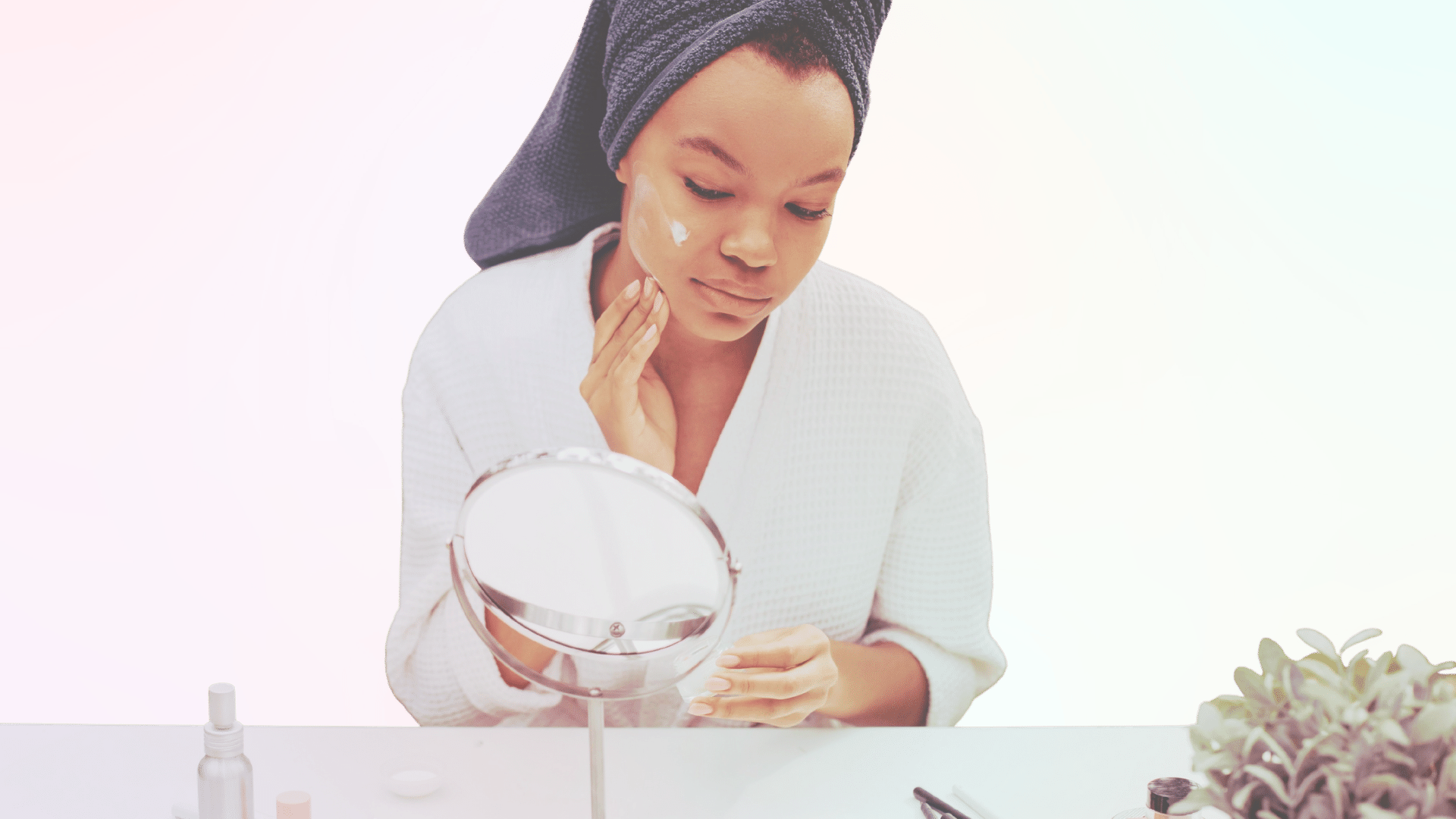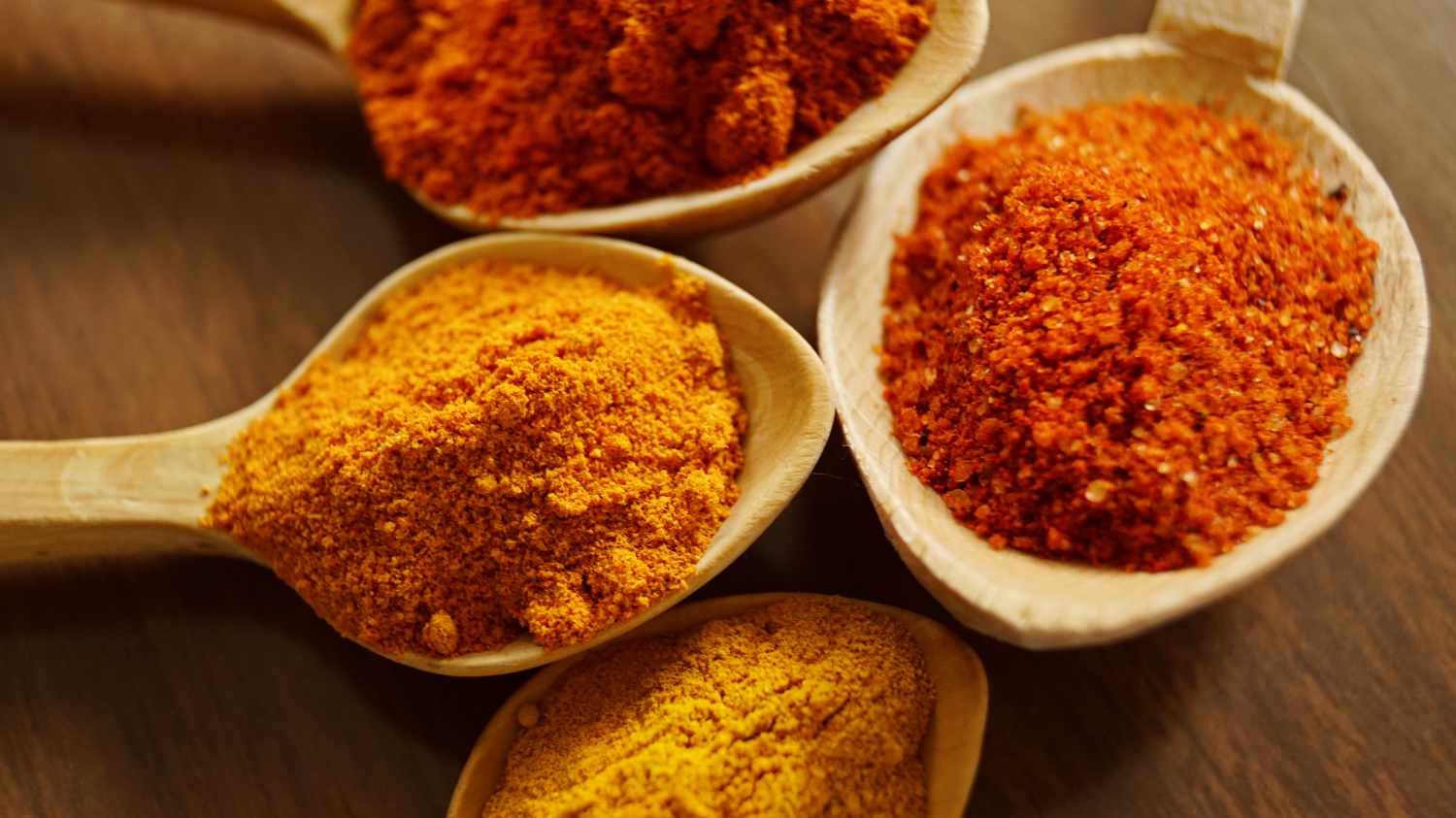
Even with organic skincare products, starting a new skincare routine may result in dry patches, redness, or abnormally frequent breakouts.
Don’t panic! You may be a subject to a totally normal phenomenon called “skin purging.” It’s not necessarily a sign you should stop your new skincare routine.
However, sometimes it is an actual breakout, perhaps due to an allergic reaction to one of the ingredients in your new regimen.
So how can you tell the difference between skin purging or normal breakouts, and how do you handle each scenario in a way that best nurtures your skin?
In this post, we’ll answer everything you could ever want to know about skin purging. By the end, you should have a solid understanding of:
- What skin purging looks like
- The differences between skin purging and breakouts
- How to treat skin purging safely and naturally
Let’s dive in!
What Is Skin Purging?
Skin purging refers to the skin’s reaction to a substance that boosts the cell’s turnover. In other words, your skin is both producing new cells and shedding dead skin cells at a faster rate.
This causes all the oil, bacteria, and grime under the surface layer of your skin to be brought to the surface.
However, the good news is purging is short-lived as compared to your typical acne breakouts.
Besides, it’s a sign that the products you’ve introduced are working!
[For more tips on treating oily skin, check out our post on how to start a skincare routine for oily skin here]
What Does Skin Purging Look Like?
In most cases, purging looks like tiny red bumps that are painful to touch. You may even notice blackheads or whiteheads, which is why many people confuse it with a traditional acne breakout.
Skin purging can also cause your skin to be flaky. However, as mentioned before, indications of skin purging are temporary, and they heal much more quickly than typical acne.
What Causes Skin Purging?
You’ll likely see purging when you start a new product that includes chemical exfoliants or retinoids.
These products boost the rate at which your skin sheds dead cells and replace them with new ones. It can also be associated with procedures such as chemical peels.
You can think of it as the process where your skin brings up the gunk from the deeper skin layers to get rid of it.
When the skin pushes dirt, sebum, and bacteria out of your pores, you may notice bumps similar to a breakout.
As frustrating as the new crop of blemishes might be, it’s a sign that the product is working.
Why Is My Skin Purging?
Skin purging occurs if the ingredients in your new skincare routine encourage your skin’s gunk to move towards the surface.
The process is beneficial as it hastens the removal of dead skin cells and dirt that clog the pores (this is sometimes called skin cell turnover).
What should you do if your skin is purging?
While it is not possible to control the process, you can stick to a natural skincare routine to avoid further inflammation.
This means using a sulfate-free cleanser, a soothing, chemical-free moisturizer, sunscreen, and the exfoliant that’s causing your skin to purge.
You may feel like completely stopping the exfoliant, but resist this temptation.
If a doctor or a specialist has recommended a retinoid or exfoliant, it’s for a reason. Stick through the phase, and it will get better.
How Long Does It Take for The Skin to Purge?
There’s no single answer to this question. In most adults, your skin may take about 28 days for skin cells to turnover. However, this rate slows down as you age. Skin purging can last between four to six weeks depending on your skin type and genetics.
If your skin doesn’t clear up after this period, it is recommended to consult a specialist.
Can You Prevent Skin Purging?
No. It’s not always possible to prevent purging. It’s a process where your skin eliminates the dirt in the deeper layers before exposing the new skin underneath.
However, the good news is that you can minimize the symptoms by implementing the following tips:
- Introduce an active ingredient gradually. Carry out a patch test to make sure the skin doesn’t react to the product.
- Use your skincare products slightly less than the recommended amount.
- Stretch out the time between the applications. Include products in your skin care regimen that can be used every second or third day.
- Don’t stop using the product and be consistent in using it.
- Avoid picking off the skin or popping out your pimples. These actions promote the spread of acne-causing bacteria to other parts of your face. They also increase the risk of scarring and hyperpigmentation.
- Use gentle and soothing products whenever possible.
- Hydrate your skin using moisturizing gel cream
Treating A Skin Purge Vs. A Breakout
You may not like the answer, but the best treatment for purging is to wait. Depending on your skin, it may take about two to three weeks for the purge to settle.
Meanwhile, you can treat the skin the same way you would during a breakout, including:
- Do not pop or pick any inflammation.
- Wear sun protection when going out in the sun.
- Hydrate internally and externally.

Common Forms of Acne During a Skin Purge
When you introduce a new product to your routine, you may notice breakouts.
While it may seem that the product is causing your skin to break out, exfoliation of the skin causes the acne symptoms already forming under the skin to pop up sooner.
So, acne was already present, a purge speeds up the process, and you see a pimple sooner.
Some common types are:
- Inflammatory acne
- Pustules
- Whiteheads
- Blackheads
- Cysts
How To Ease the Symptoms of Skin Purging?
Once your skin has started to purge, there’s not much you can do except be patient. The tips mentioned above can help:
- Avoid touching your face.
- Resist the temptation to stop using the product.
- Keep all your bed sheets and pillowcases clean.
Skin Purging Vs. Breakout
Here’s the fundamental difference between skin purging and a breakout:
Skin purging is a necessary complication when starting a new product, while the breakouts are unnecessary (and sometimes preventable).
|
Purging |
Break out |
|
Occurs where you usually break out |
Occurs in a new place where you don’t usually break out |
|
Settles faster than a pimple |
Takes about eight to ten days to appear and shrink |
Moreover, a reaction that is not from chemical exfoliants or retinoids is more likely a breakout. It is best to stop using the product in such cases as your skin is sensitive to it.
Is Skin Purging a Good Thing?
Purging is neither good nor bad. However, it’s a sign that the newly-introduced products are working.
In some cases, skin purging can occur if the skin barrier is compromised before starting to use a product. In such cases, it’s a good idea to repair the barrier function and gradually introduce the product.
How Do You Treat Skin Purging?
As discussed before, there’s nothing much you can do once the purging has started.
The following can help:
- Avoid touching the affected areas.
- Use mild products for the rest of your skin care routine.
- Wait for three to four weeks for the symptoms to subside.
- Don’t stop hydrating your skin.
If the indications do not resolve after a month or increase in intensity, it is best to visit a dermatologist.
How Long Will Skin Purging Last?
Usually, the symptoms of purging may last for three to four weeks. This is because your skin takes about 28 days for the skin cells to turnover.
What Happens After Skin Purging?
The end of skin purging is a good sign. It’s a sign that brighter, clearer, and smoother skin is on its way.
What Ingredients Cause Purging?
As discussed before, skin purges when a product speeds up the cellular turnover. It is commonly seen in products used for exfoliation and fight signs of aging.
Some common products include:
Retinol
It is a derivative of vitamin A, which speeds up the cellular turnover rate to smooth wrinkles and fine lines, fade hyperpigmentation, reform skin texture, and manage acne.
You can use a gentler form of retinol to prevent purging or keep the symptoms minimal.
Exfoliating Acids (AHAs and BHAs)
They are two types of chemical exfoliants. BHAs reach deep to the surface, while the action of AHAs is limited only to the surface. For the same reason, BHAs are present in products treating acne, and AHAs are present in brightening peels and facials.
Both the acids trigger the turnover causing your skin to purge.
Vitamin C
It is an antioxidant with mild exfoliating properties that hasten cellular turnover. While purging is least common with vitamin C, some may notice the symptoms before getting a skin glow.
When Does Skin Purge Start?
It may take about three to four weeks for your skin to purge and subside. You may start noticing some indications by the second week. However, these symptoms are temporary and reduce within a month.
How Do You Know If You’re Purging Or Breaking Out?
There are a few things to consider while figuring this out:
- The type of product: Ingredients that are likely to boost your cell’s turnover will cause purging. Other products of the skin care routine, such as cleansers and moisturizers, are less likely to cause skin purging.
- Location: If rashes occur in places where you usually notice acne or pimples, it is more likely to be skin purging. If the bumps are at new locations, they are breakouts.
- Duration: Purging lasts for four weeks. Breakouts, on the other hand, last between six to eight weeks
Why Does Skin Purge?
As discussed above, your skin purges to remove the dirt and bacteria present in the deeper layer of your skin. This usually occurs with the use of an exfoliant or retinoid.
Does Your Skin Get Worse Before It Gets Better?
Yes. With skin purging, your skin gets worse before it gets better. However, it doesn’t happen in all cases. Besides, the absence of purging doesn’t mean the product isn’t working. It all depends on your skin and the product you’re using.
Is My Skin Purging or Irritated?
By now, you may already know what purging is. It’s a process where the new skin products boost your cell’s turnover, causing pimples, whiteheads, blackheads, dry skin, or pustules.
On the other hand, irritation is an allergic reaction to a new product or sensitivity to an ingredient in the products. In this case, the rash appears almost immediately after using the product. The rash can be itchy, hot, or burning, which is not the case with purging.
If you have symptoms of irritation, it’s recommended to stop using the product immediately, which is not the case with purging. With the latter, you need to be patient while the symptoms subside.
Tips For Helping During Your Purge
Three to four weeks may look like a lot to take when your skin is purging. Trying the following tips may help:
- Be patient.
- Don’t pick dry skin or pop acne.
- Don’t use other harsh ingredients.
- Moisturize your skin.
- Use sun protection while going out.
Is There a Way to Avoid Purging?
If you want the benefits of retinoids and other exfoliants but don’t want your skin to purge, you can follow the “ease in” method.
For instance, apply the product twice a week in the first week. You can gradually increase the frequency in the coming weeks. This allows your skin to adapt to the ingredient.
Why Purging Is Good
While purging may sound terrifying, it’s not the case. Besides, the process is beneficial.
It means:
- The treatment is working.
- Acne will subside as they aren’t your usual breakouts.
How Do I Deal with Acne from Purging?
Just be patient. During this period, don’t pop your acne or pick your skin. Moisturize the affected area and use sun protection before going out in the sun.
Can Purging Last Three Months?
No. In most cases, purging subsides by six weeks. If it’s taking longer than six weeks, visit your dermatologist and stop using the product.
Final Thoughts
As annoying as skin purging can be, it will be worth it once your skin adapts to the new skin care routine.
And once the indications of purging subside, youthful and clear skin is waiting beneath the surface,
We hope this article helped you understand skin purging and answered all your questions.
Consider checking out our products if you’re ready to ditch the chemicals and go all-natural in your skin care, and reduce the chance of skin purging.
All Aleavia products are chemical-free, paraben-free, cruelty-free, and made with natural ingredients from the earth and sea.





